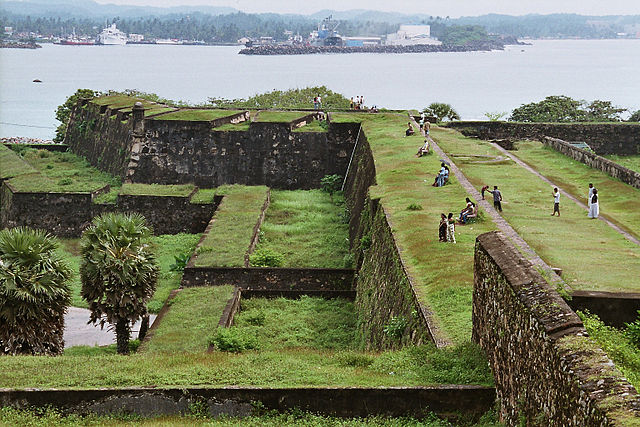
Galle Fort is a historical and architectural marvel that offers a glimpse into the colonial past of Sri Lanka. It is one of the largest and oldest European-era forts in South and Southeast Asia, built by the Portuguese in 1588 and later fortified by the Dutch and the British. It is a UNESCO World Heritage site that showcases the interaction between European architecture and South Asian traditions. If you are planning to visit Galle Fort, here are some of the things you can do to make the most of your trip.
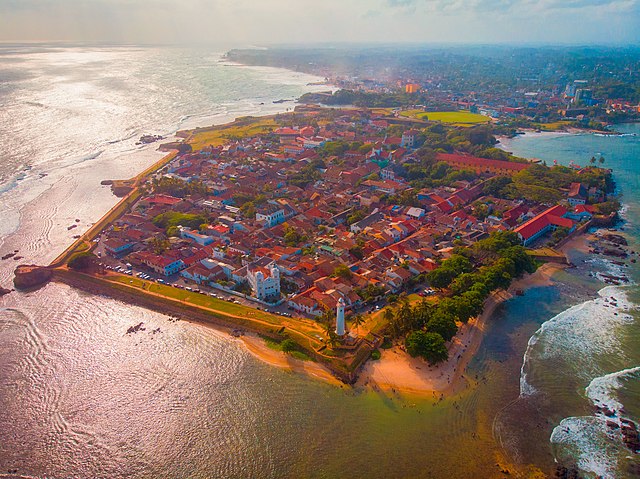
- Explore the fort walls and bastions. The fort walls are about 3 km long and enclose an area of 52 hectares. You can walk along the walls and enjoy the views of the ocean, the lighthouse, and the city. You can also visit the bastions, which are named after various cities in the Netherlands, such as Utrecht, Amsterdam, and Leyden. Each bastion has its own history and features, such as cannons, tunnels, and museums.
- Visit the historical buildings and monuments. The fort has many buildings and monuments that reflect the colonial influence and the local culture. Some of the notable ones are:
- The Dutch Reformed Church, built in 1640, has a baroque facade, an organ, and a floor paved with tombstones.
- The Old Dutch Hospital, built in 1681, is now a shopping and dining complex.
- The National Maritime Museum, housed in a former warehouse, displays artifacts related to the maritime history of Sri Lanka.
- The Meera Mosque, built in 1904, has a distinctive white dome and minaret.
- The All Saints’ Anglican Church, built in 1871, has a Gothic style and stained glass windows.
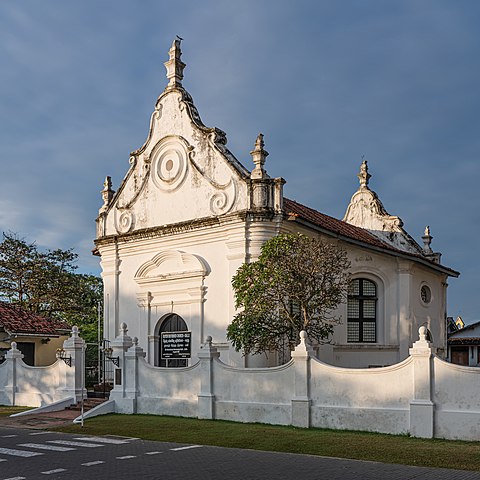
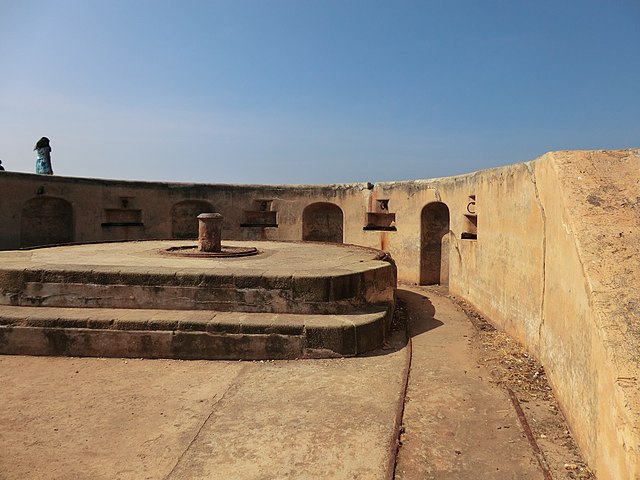
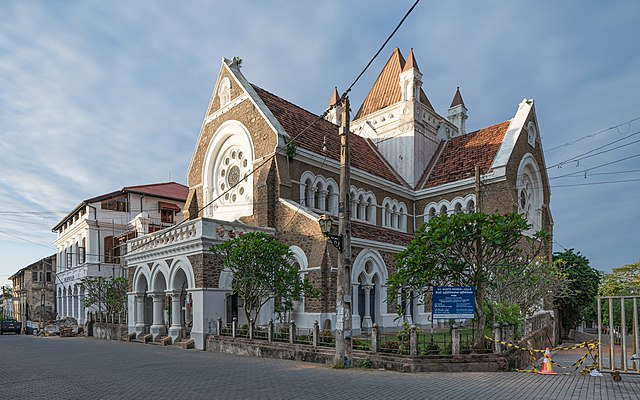
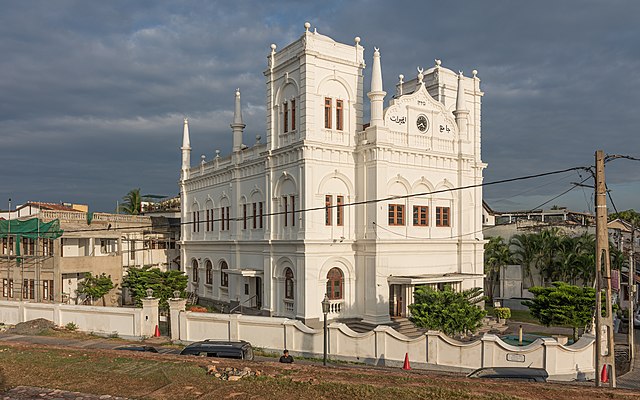
- Shop and dine at the Pedlar Street. Pedlar Street is one of the main streets in the fort, where you can find many shops, cafes, restaurants, and galleries. You can buy souvenirs, handicrafts, antiques, jewellery, spices, tea, and more. You can also taste the local cuisine, such as rice and curry, hoppers, kottu roti, lamprais, and seafood. You can also enjoy the nightlife at some of the bars and pubs on the street.
- Experience the culture and festivals. Galle Fort is a multicultural and multi-religious place, where you can see the diversity of Sri Lanka. You can visit the temples, mosques, churches, and shrines of different faiths. You can also witness some of the festivals that are celebrated in the fort, such as:
- The Galle Literary Festival, held in January or February every year, attracts writers, readers, and artists from around the world.
- The Galle Music Festival, held in March or April every year, which showcases traditional and contemporary music from Sri Lanka and other countries.
- The Galle Fort Art Trail, held in October or November every year, which features exhibitions, workshops, performances, and installations by local and international artists.
Galle Fort is a place that will enchant you with its history, beauty, culture, and charm. It is a must-see destination for anyone who visits Sri Lanka.
Source:
https://bing.com/search?q=galle+fort+sri+lanka.
Number 48 Galle Fort. https://www.galleforthotel.com/.
Galle Fort – Wikipedia. https://en.wikipedia.org/wiki/Galle_Fort.
Going To Sri Lanka? Visit Galle Fort, The Largest Remaining Colonial …. https://www.thetravel.com/what-is-special-about-galle-fort-sri-lanka/.
